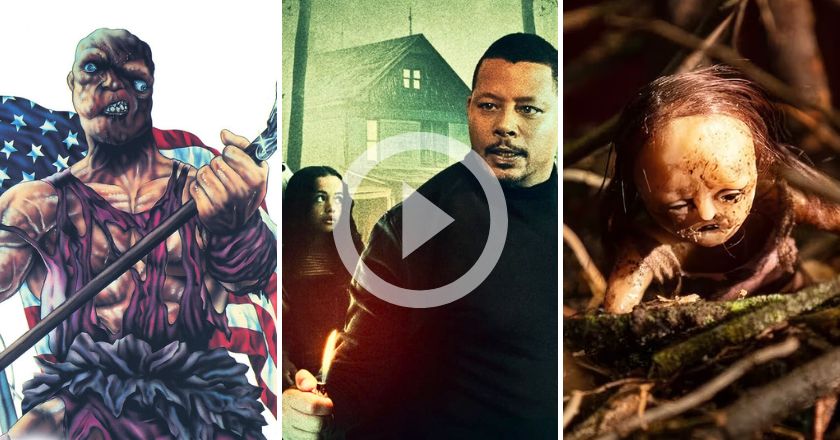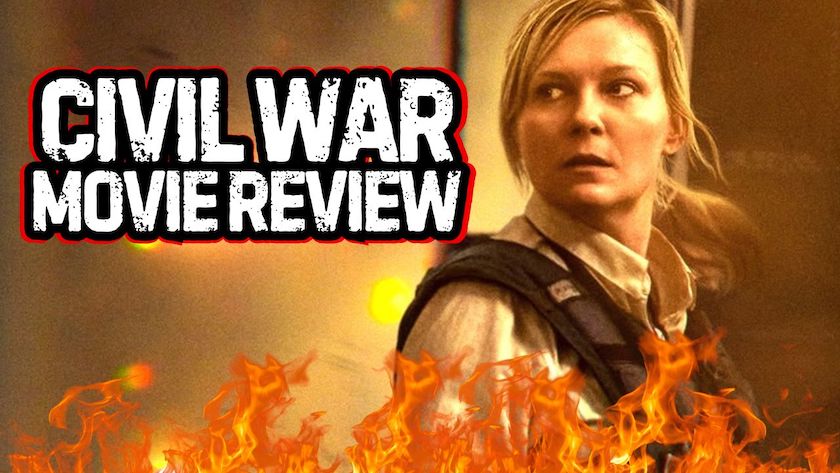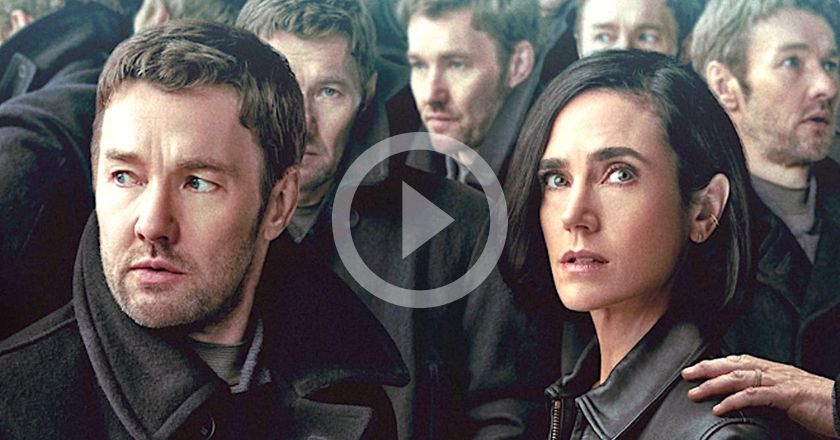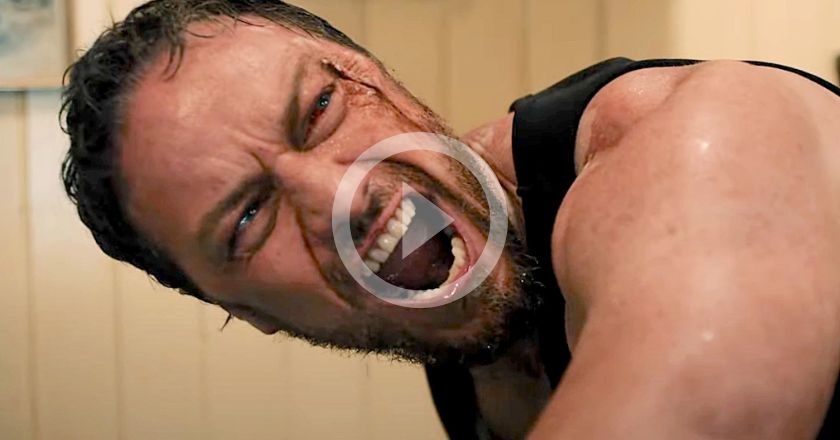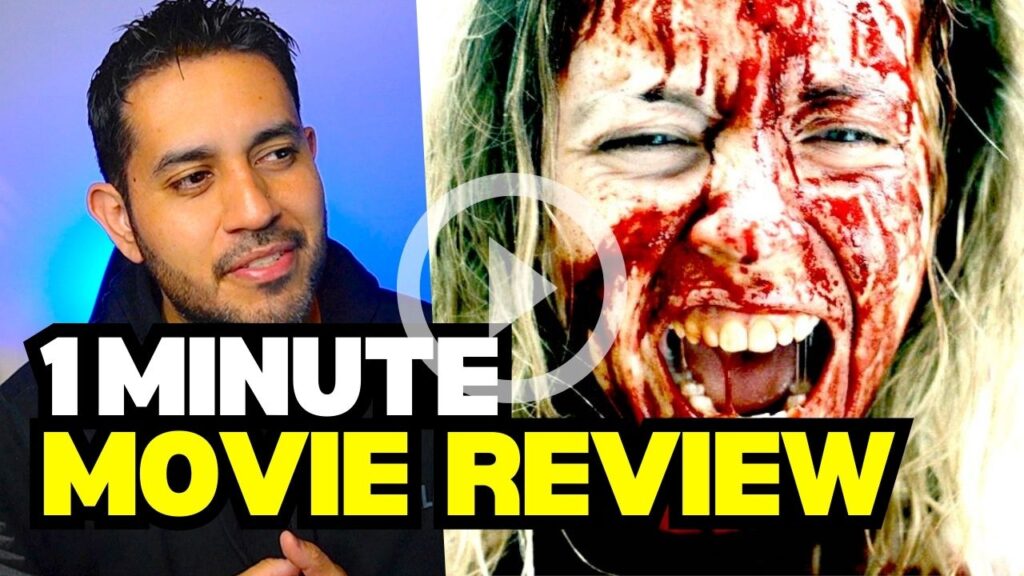
Albanian/Australian horror movie Bloodlands is the follow-up to writer-director Steven Kastrissios’ little seen, yet terrific, Aussie revenge movie The Horseman.
Set in an impoverished Albanian community on the edge of a stunning, seemingly endless forest, Bloodlands nominally follows siblings Artan (Emiljano Palali) and Iliriana (Alesia Xhemalaj) in their daily life working in the family butcher shop. The family, rounded out by Skender (Gëzim Rudi) and Shpresa (Suela Bako), are plagued by weird dreams of a mysterious cloaked figure and there are periodic references to witchcraft, rumour and their great grandfather’s historical activities. After an altercation with a young man and woman caught rifling through their bins, the family becomes caught up in a feud with feral, possibly supernatural forest dwellers.
Bloodlands is an intriguing, horror-thriller that treads a fine line between ambiguity and outright confusion. On the plus side, the characters are well drawn and it is both well acted and shot. In the first half of the movie one could be forgiven for thinking Bloodlands was a family drama, contrasting the views of an older generation with the ambition and wanderlust of their millennial offspring. But subtle pointers throughout the first act let us know it is heading somewhere sinister.
The forest scenery, stretching to the horizon, is utilised well and the dream sequences strike the right balance between the bizarre and the unnerving. The movie succeeds in inviting us to never be quite sure as to whether the danger involved is human or paranormal.

However, there are flaws to Bloodlands‘ approach. The uncertain nature of the threat, while interesting, also serves to muddy the waters and things get a little confusing at times. Additionally, while brevity is always appreciated, Bloodlands clocks in at a svelte 80 minutes and feels as though it escalates the danger much too quickly. The leap from words to action is too sudden and drastic.
The main point of contention however, and the thing that loses Bloodlands further points, is the use of genuine abattoir footage and the graphic slaughter of a sheep. While a disclaimer at the end confirms the sequence was filmed inside a slaughterhouse and the animal was not killed for the purposes of the movie, it means we’re not quite in the territory of Cannibal Holocaust (a reprehensible scar on the genre), but it does put Bloodlands in the proximity of Wake in Fright‘s kangaroo hunt ““ hard to defend, but occurring regardless of the camera’s presence.
The problem with the inclusion of this scene in Bloodlands is that it is in no way integral to the plot. Not only are we, as an audience, fully aware of what an abattoir is, but the characters involved had already visited it. Therefore, we can only conclude that the sequence is there for shock, and with that in mind, is it really any different to Cannibal Holocaust? Ultimately, it is of course up to the individual to decide where the line is drawn, but this reviewer can’t help but feel it is unnecessary, exploitative and mars an otherwise interesting picture.
This is a hard movie to categorise, and in many ways to even formulate an opinion on. Whereas The Horseman was straightforward and thuggish, Bloodlands is ethereal and cryptic. The sheep scene is likely to provoke controversy, and whether Bloodlands can distance itself to stand on its own merits remains to be seen, because it does have merit in its depiction of Albania and its journey towards an esoteric final act.
THE REEL SCORE: 6/10

